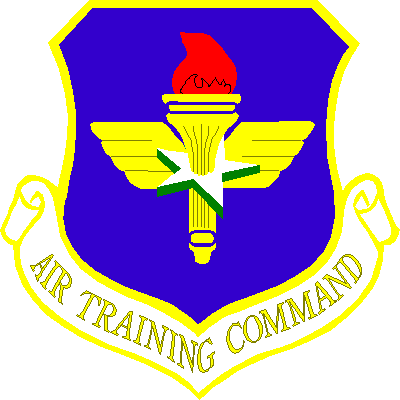 |
 Undergraduate Pilot Training...
|
 |
 Undergraduate Pilot Training...
|
![]()
![]()
With a Presidential appointment as a Second Lieutenant (otherwise known as "Second Balloon"), United States Air Force, rubber-stamped with the signature of Harold Brown, Secretary of the Air Force, I was sent off to my Undergraduate Pilot Training (UPT) base. I was assigned to Webb Air Force Base in Big Spring, Texas. Just in case you can't quite place Big Spring, it's in Howard County! For a New Englander, Big Spring is about as desolate and uninviting a place as you can imagine. About half way between Abilene and Midland-Odessa in the heart of the West Texas oil country was an 8500 foot runway built at right angles to the prevailing wind and with a small base to its East. Over the next 53 weeks, though, this was to be my home and the holy ground which would witness my ascension to Air Force Specialty Code (AFSC) 1111 - Pilot, Tactical Fighter. The training was intensive and in addition to actually learning how to operate an aircraft, there was a whole curriculum of related topics including aerodynamics, flight physiology, aviation cartography, and, of course, "PT" (physical training). Along with classroom work, we did a lot of "hands on" such as experiencing a rapid decompression, dry land parasailing, and ejection seat training.
This training was conducted in three major phases. The first phase was about 30 hours in a T-41 (the military incarnation of the Cessna 172). This phase was used to weed out the few people who just didn't have the basic physical skills to operate a simple aircraft. The second phase was done in a Cessna T-37, a small twin engine jet, which was used to develop basic skills and good flying habits. The final phase was in the T-38, a high-performance twin engine jet. The T-38, of course, was what everyone longed to fly. Little did we know at the outset how far we were from that goal.
| Pictures around Webb |
|---|
 |
| Preparing to parasail (Color - 46 KB) |